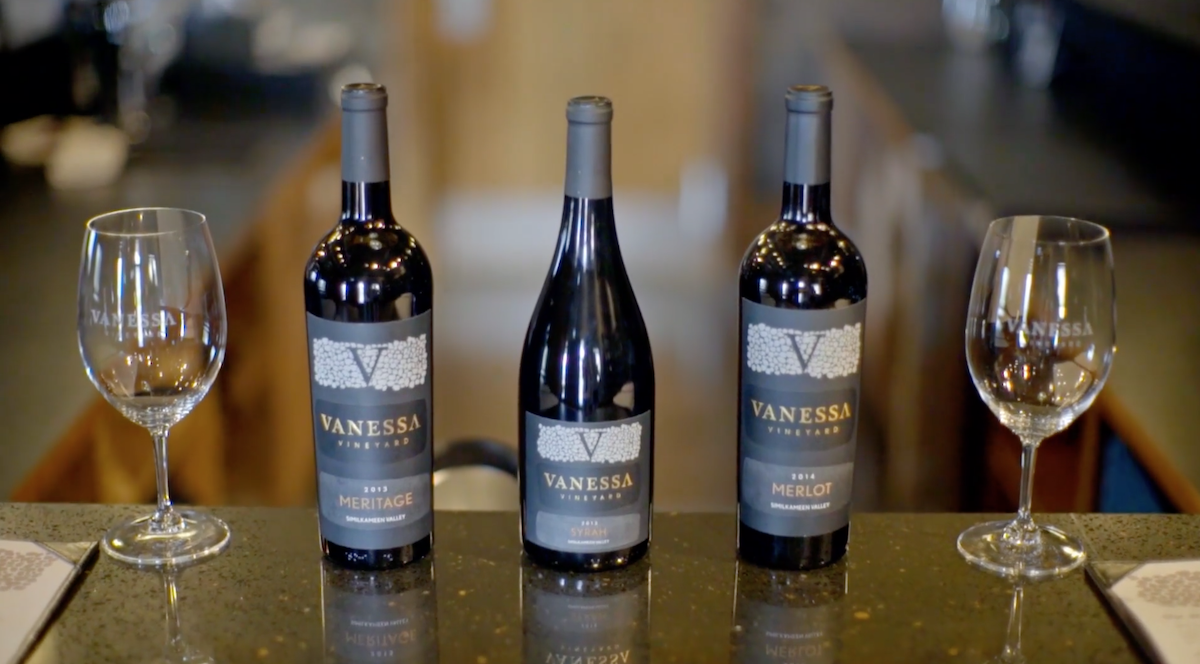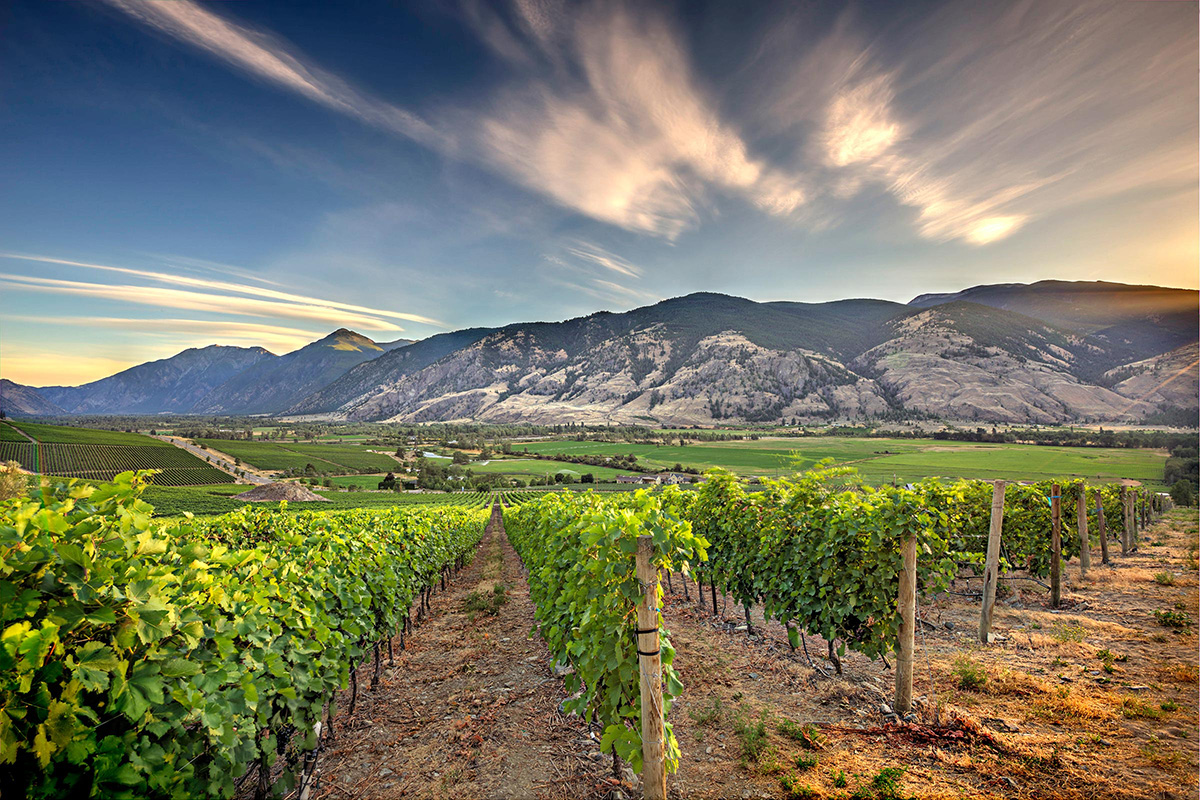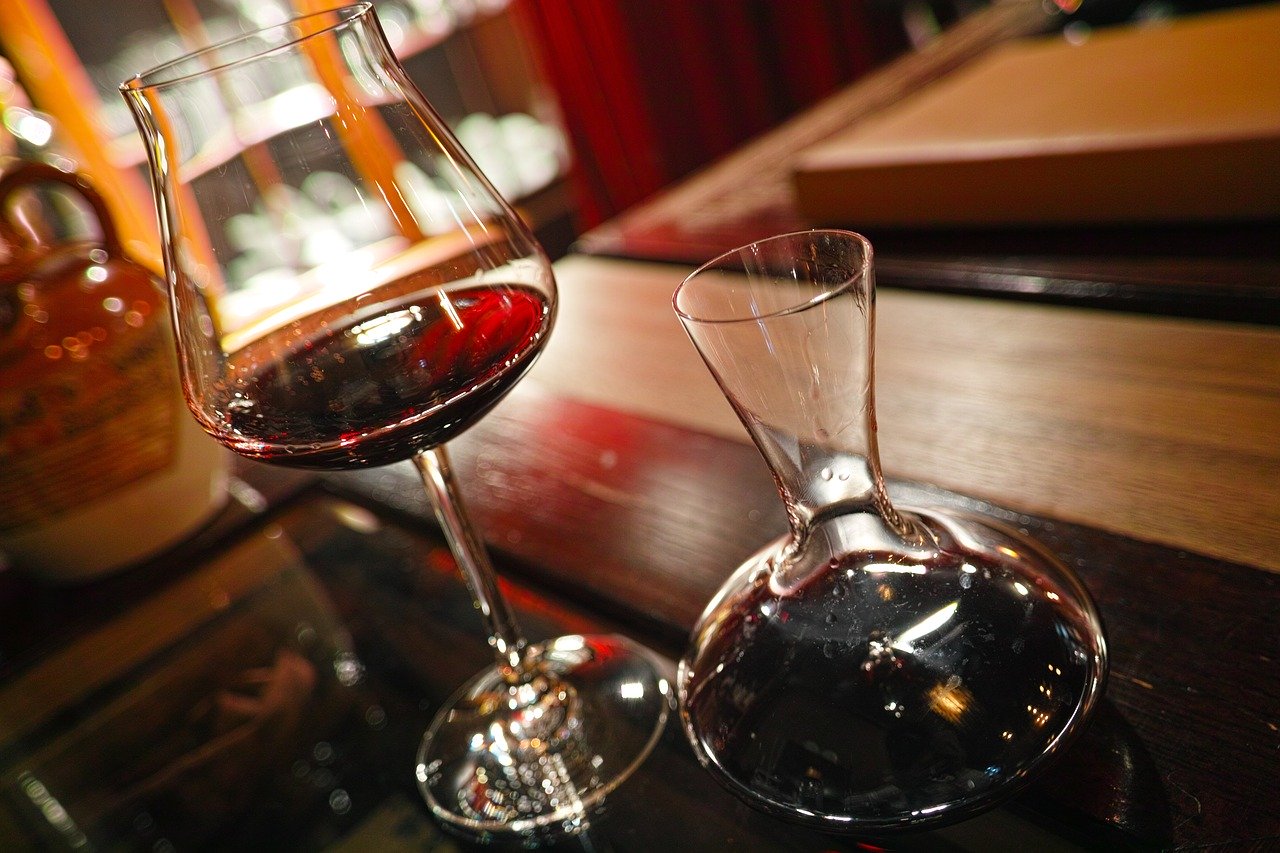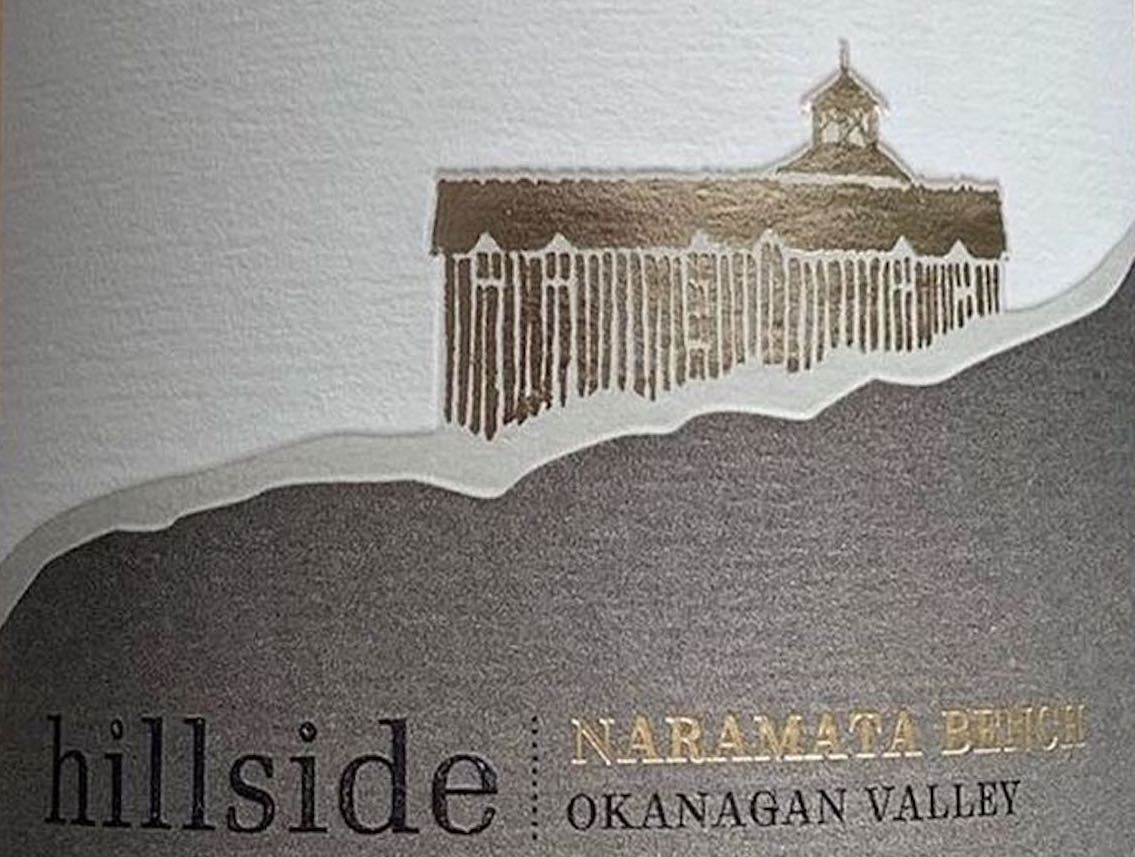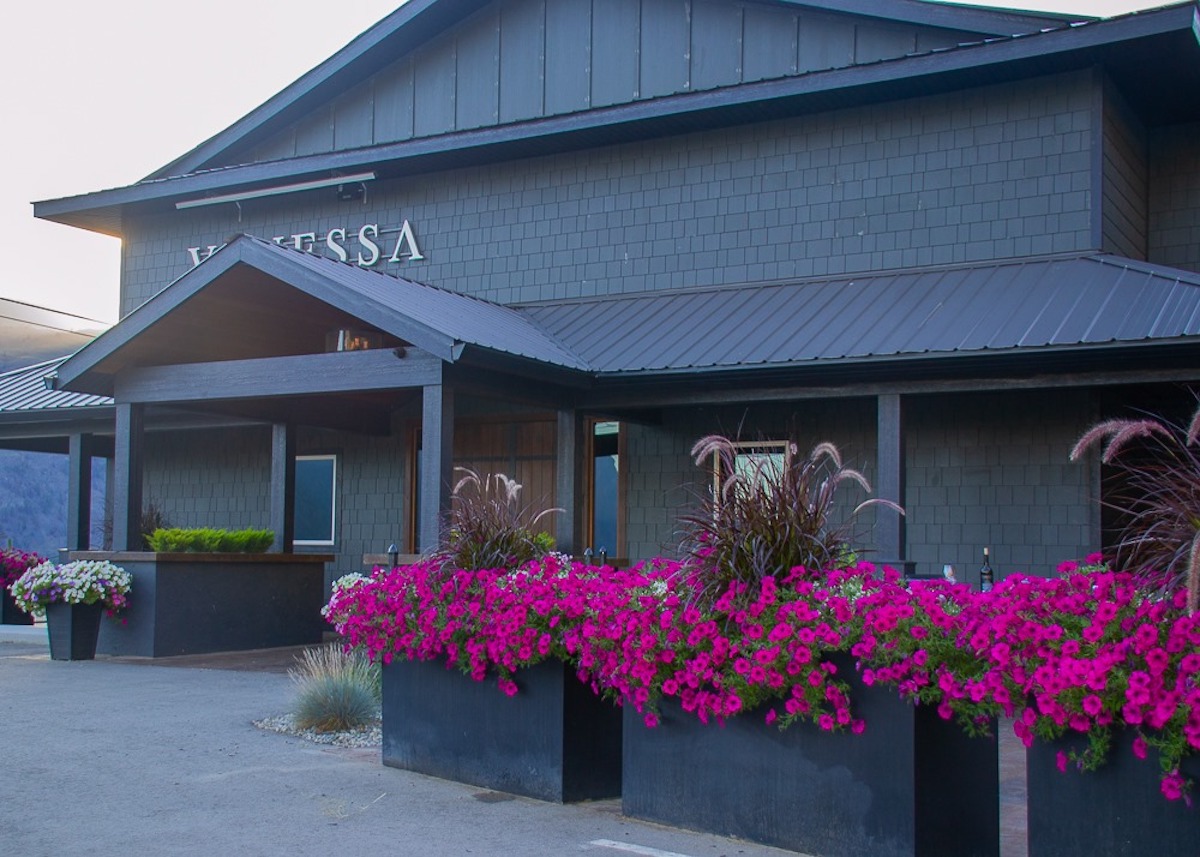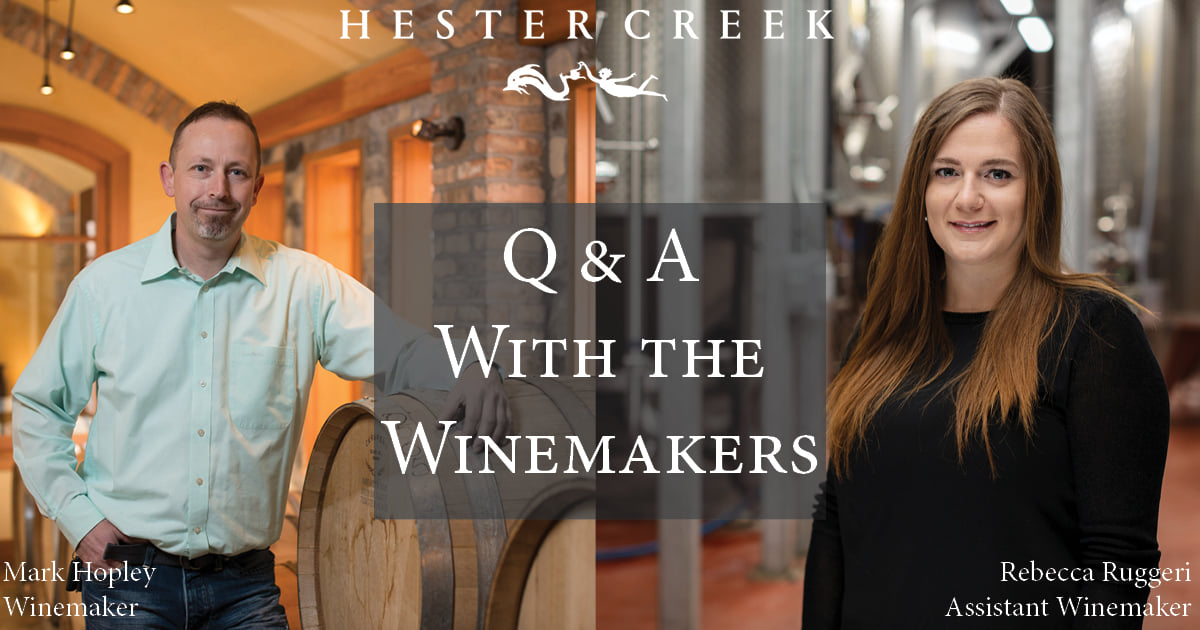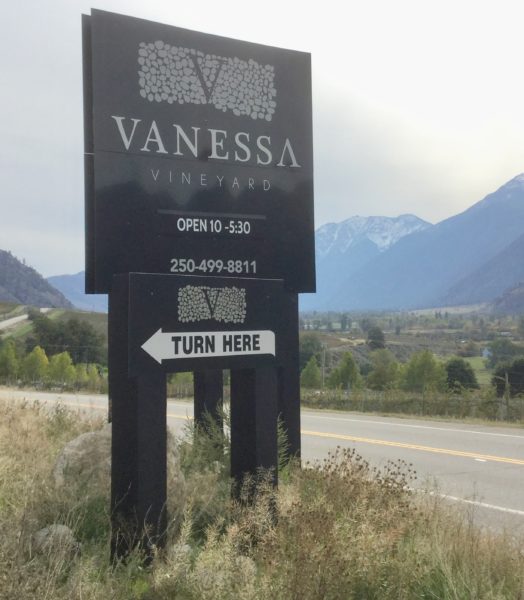
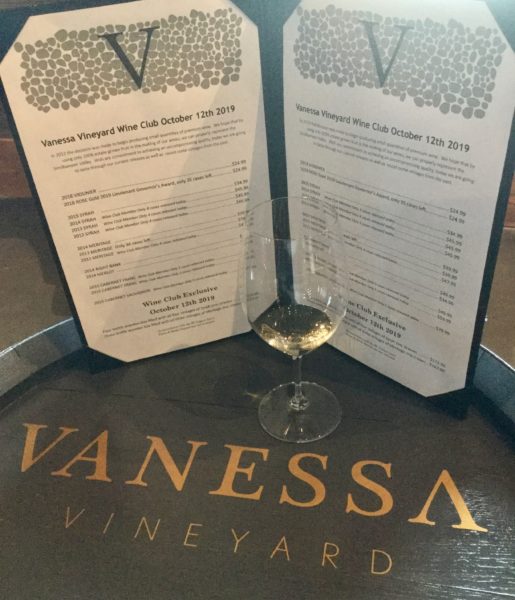
It was the Saturday of the Thanksgiving weekend and I was in Cawston for Vanessa Vineyard’s Wine Club event. We were greeted with a glass of 2018 Viognier, the only white wine they make. It was clean, crisp and very focused. The Viognier skins are used to co-ferment with their Syrah, just as is done in the Rhone region of France.
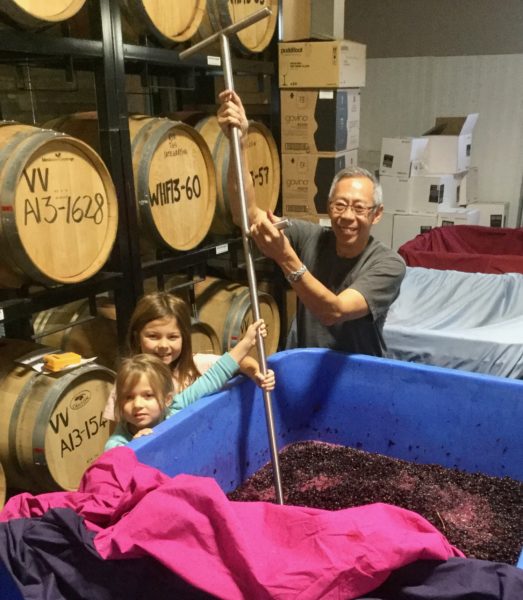
Veteran winemaker, Howard Soon, took me aside to show me some fermenting Merlot. As we headed into the adjacent wine room, he noticed two young girls sitting quietly as they waited for their parents at the tasting bar. Howard asked them if they’d like to see some grapes being made into wine. Their parents brought them into the room and Howard showed them how the grapes get ‘punched down’ to keep them wet as they ferment.
Next, we were treated to the 2018 Rosé. Just like French Rosés, this one was very pale in colour and smelled of strawberries and cream which was carried on to the palate and lingered on the finish.
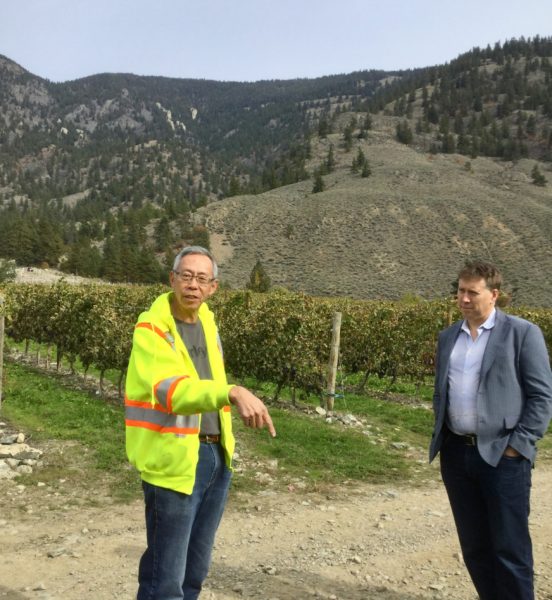
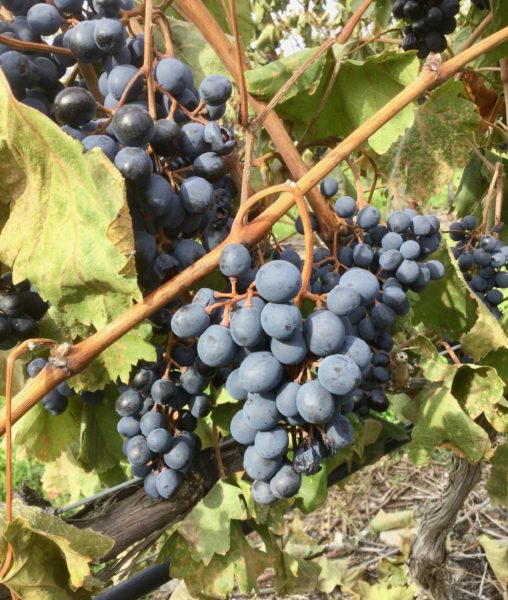
Howard then took everyone out and into the vineyard. Frost had just hit the week before so the vines looked dry and ‘burnt’ rather than lush and green. The Merlot had been picked and the Syrah was being picked that day.
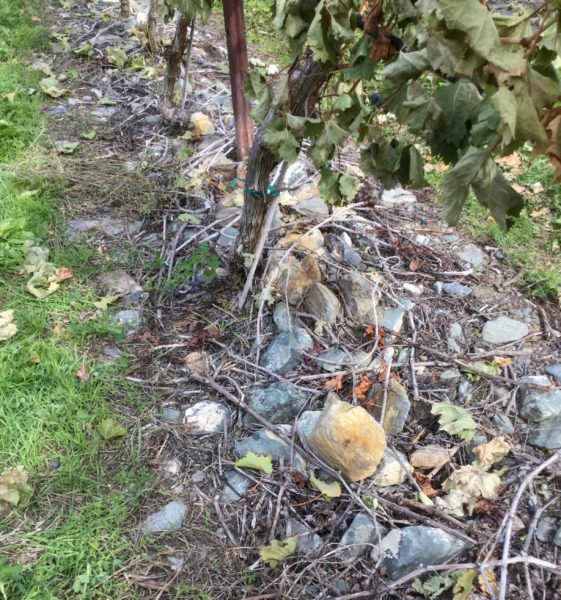
Howard explained that the 75-acre vineyard had been bare land with little but sagebrush and bare rocks, big bare rocks, some the size of a Volkswagen beetle. In fact, they went through two rock crushers breaking up all the rock. These were crushed and the stones (galets in French) are used in the vineyard to absorb heat during the day and then reflect it back up onto the vines when it cools at night.
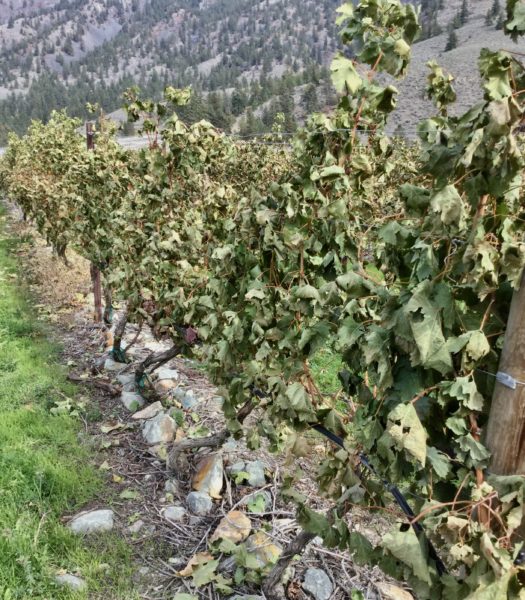
Vanessa Vineyards uses two watering systems, drip and overhead. Drip irrigation delivers water directly below the stalk while the overhead watering helps with the cover crop and helps the roots spread out.
He also explained the arrangement of the rows. Whenever possible, the vines are aligned to take advantage of the sun’s path. However, if the slope is too steep, the vines cannot be perpendicular to the slope since it could be dangerous and result in tractor rollovers.
Most of the grapes grown here still go to Sandhill for their single vineyard wines (look for the Vanessa Vineyard designation) and they keep some of the choice blocks for their own label.
Veraison (when the grapes change colour and begin to ripen) happens here around the end of July or the beginning of August. This is when things get serious. Green thinning or cropping takes place when decisions are made as to which bunches are left on the vine to fully ripen and which are cut. (Fewer bunches mean the remaining ones get more nutrients). At Vanessa, they tend to leave only two bunches per vine spur. The leaves (canopy) are also trimmed depending on where the bunches are located. Some will need more sun exposure to ripen, while others will need protection so they do not suffer sunburn. Proper viticulture (grape growing) techniques are vital to producing the best grapes possible. When it gets close to harvest time, Howard walks the vineyard, checking to see how the grapes are progressing. He samples grapes from the top of the bunches, where they are ripest, as well as from the bottom of the bunch. He does this at several places along each row to asses overall ripeness. He also checks the seeds of the grapes to see if they are brown indicating ripeness (green pips result in higher and harsher tannins). He crunches the seeds to see if they have a nice nutty flavour.
When the harvest is complete, the grapes move into the winery, where they are crushed. What happens next, depends on the kind of wine being made. White wines, such as Vanessa’s Viognier, are drained off their skins and then gently pressed to extract more juice from the skins. Rosé wines, spend a short amount of time on the skins to extract a little colour and are then drained off. Red wines will spend much longer sitting on the crushed skins, extracting as much colour (and phenolic – aroma and taste – components as possible).
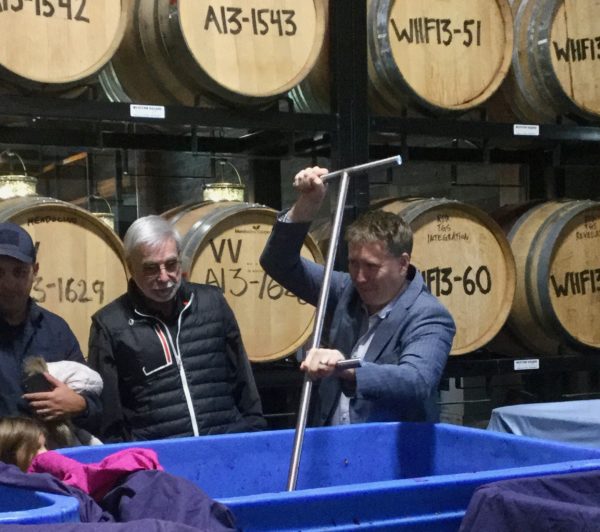
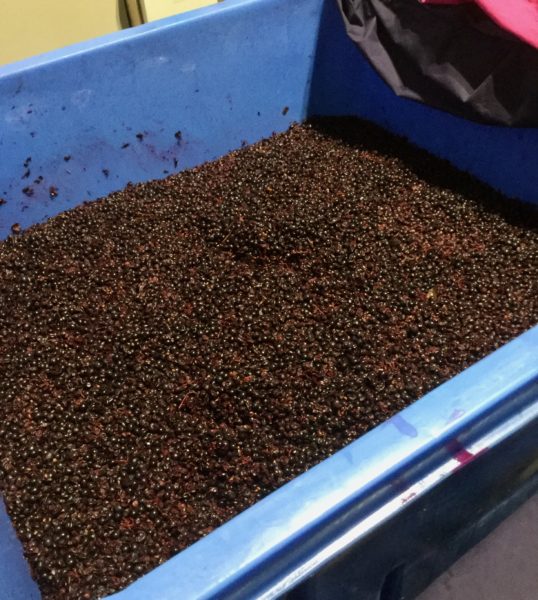
When the grapes are fermenting on their skins and yeasts are slowly converting the sugar in the grapes into carbon dioxide gas and alcohol, the grapes float to the top of the container and form a ‘cap’. If they are left too long, they will dry out and be at risk of developing volatile acidity (VA) and produce nasty vinegar notes. To prevent this, the skins are ‘punched down’ several times (usually three times) a day. Punching down also releases CO2 or carbon dioxide and can be observed as a purplish foam on top of the vessel. A ‘cold soak’, leaving the juice on the skins prior to being inoculated with yeast, helps extract colour. The alcoholic fermentation also helps to extract tannins from the skins, seeds and stalks.

At Vanessa, they like to handle the grapes gently to keep the grape skins as intact as possible so that the resulting juice is as clear as can be.
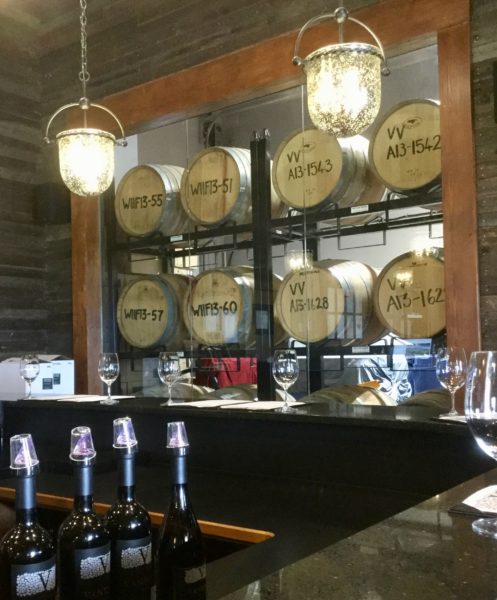
“The proof is in the pudding,” goes the well-known expression. When you taste the wines of Vanessa Vineyards, there is no doubt of the care and attention that has gone into the growing of the grapes and the transforming of those grapes into the very finest wines possible.
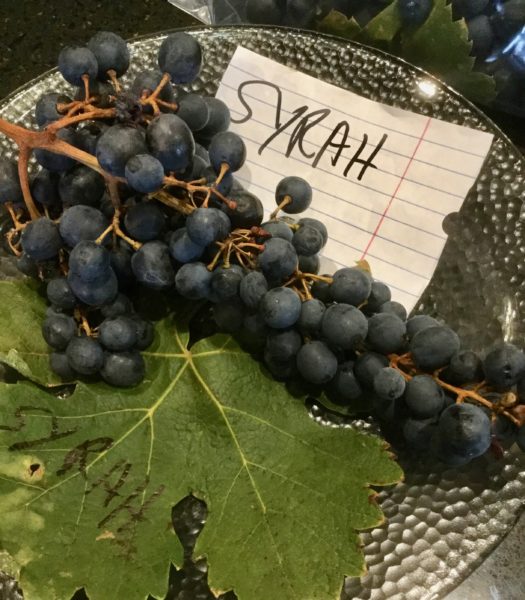
Syrah
2012 – my favourite. Beautifully aged.
2013 – very Rhone-like, lighter and brighter and delicious
2014 – big fruit-filled nose
2015 – a warmer year with riper fruit on the nose and palate.
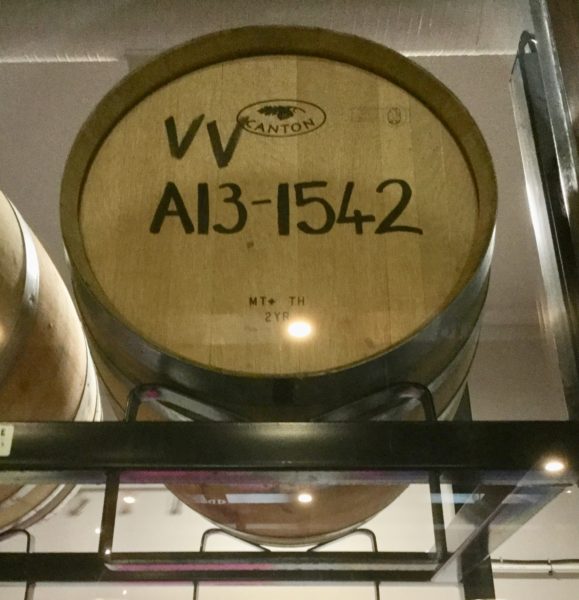
Meritage
2012 – impressive. Big, rich, not overdone in any manner, well balanced
2013 – rich and layered
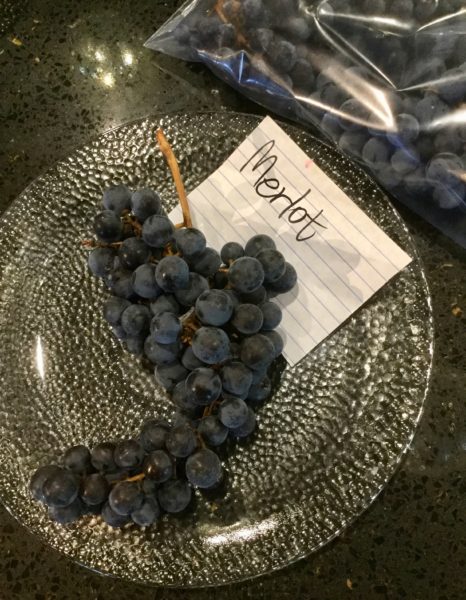
Merlot
2014- a slightly subdued nose that opens up with time.
Cabernet Franc
2015 – Wow!
2016 – included in the club package. Give it a couple of years to rest (or longer if you have the patience. You will be richly rewarded.)
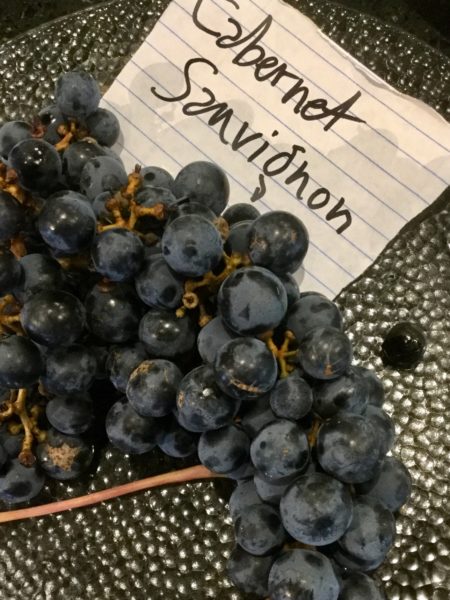
Cabernet Sauvignon
2015 – Very impressive. For best results, let this wine age for an additional three to fifteen years.
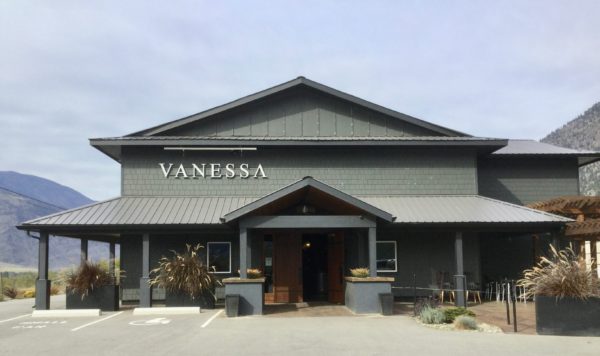
As can be seen from the list above, Vanessa Vineyards caters primarily to lovers of premium red wines. These are wines that will make you say, ‘Wow’. They are produced in small quantities so you will have to seek them out at the winery, online or at select restaurants.
(All photos – Sam Hauck)

